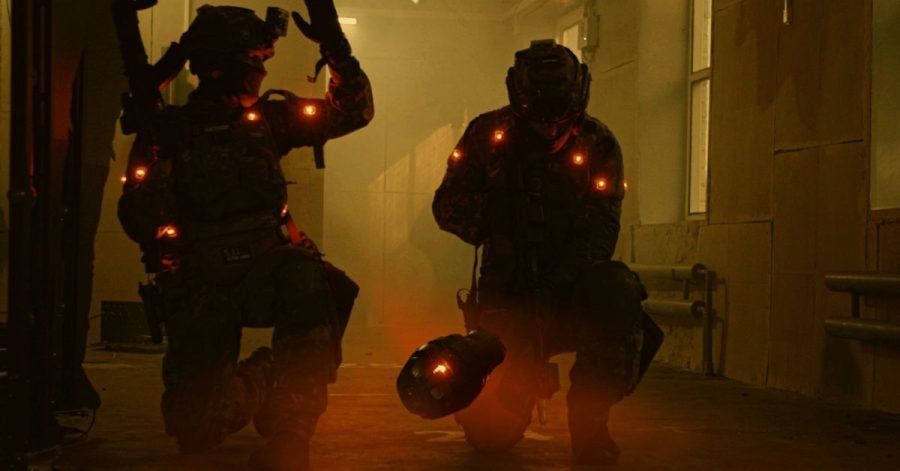The landscape of defense technology has been undergoing a profound transformation during the past year, as warzones in Ukraine, Israel, the Caucasus, and elsewhere have proven to a fertile ground to test new technologies and real time solutions on the battlefield.
Additionally, growing tensions between the US and China during the past year have seen an increased number of investments and opportunities for startups working in the defense tech field, with US startups attracting more than $5.6 billion in 2022. Furthermore, NATO’s Innovation Fund has also been established to be like a classic VC and will make direct investments into startups located in the 23 participating Allied nations, as well as indirect investments into deep tech funds with a trans-Atlantic impact.
The Recursive spoke to a number of CEE regional projects and startups developing defense tech solutions in the region – so from artificial intelligence and cyber warfare to advanced weaponry and space-based capabilities, this article will explore the latest trends that are set to reshape the defense tech space amid the intricate web of geopolitical challenges.
Artificial Intelligence and Мachine Learning
AI and ML are increasingly being integrated into defense systems to enhance decision-making, automate tasks, and improve the overall efficiency of military operations. Most of such applications have been in autonomous vehicles, surveillance, and cybersecurity. Greek startup Lambda Automata, for example, has been developing AI-first hardware and software, with a mission to bridge the existing gap in computer vision and AI for software used in mission-critical applications, particularly in civil protection and defense.
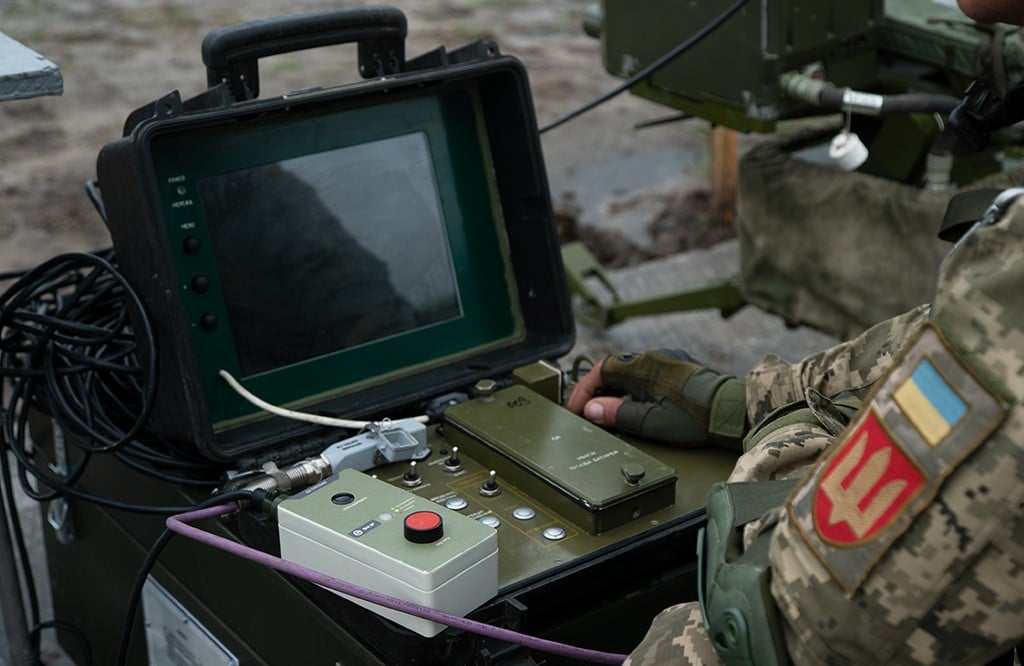
However, the past year has also uncovered a novel approach, also referred to as “AI in peacekeeping”, with CEE companies being the frontrunners in the implementation of this technology.
Slovakian startup CulturePulse and its AI models are being now deployed by the UN to promote social cohesion. One example has been in the Balkans, where CulturePulse’s AI system has had the goal of developing a holistic, data-driven “artificial society” that can be used to test policies for strengthening the social fabric of Bosnia and Herzegovina in a way that is sensitive to the cultural differences in the country. The Slovakian startup also has another big deal in place, this time with the UNDP in Israel.
“When people think of using artificial intelligence for peacekeeping, there’s generally a sort of hesitation, or misunderstanding, of what we’re actually doing. There is a massive potential for innovative social research powered by advanced technology, big data and artificial intelligence to help identify important factors, policies, and approaches in a digital social simulation. This can help enhance social cohesion and visualize how positive social change could be fostered. We’re delighted to work on this for UNDP in Bosnia and Herzegovina,” CulturePulse’s CEO and co-founder Justine E. Lane tells The Recursive.
3D printing/Аdditive Мanufacturing
3D printing is revolutionizing the defense industry by enabling the rapid and cost-effective production of complex components. It is used for creating prototypes, spare parts, and even entire military vehicles. This technology allows for more flexibility in the supply chain and reduces the dependency on traditional manufacturing processes.
Earlier this year, the US provided the Ukrainian military with industrial-size 3D printers to print spare parts for battlefield equipment. According to the US official, these 3D printers, which are the size of a truck, are already a game-changer for the Ukrainian army.
Quantum Тechnologies
Quantum computing and quantum communication are areas of significant interest for defense applications. Thus, quantum technologies have the potential to revolutionize encryption, secure communication, and optimize complex simulations for strategic planning.
“I would expect that quite a broad portfolio of companies will have the opportunity to work in this field, even if the company’s main market is not directly a defense sector. These could be a range of strategic technology areas like quantum computing, AI, or semiconductor engineering,” Mykola Maksymenko, CTO and co-founder of Ukraine-based quantum computing startup Haiqu, tells The Recursive.
Unmanned systems (Drones and UAVs)
The use of unmanned aerial, ground, and maritime vehicles continues to expand, as drones are being deployed for surveillance, reconnaissance, and even combat missions, providing military forces with enhanced situational awareness and operational capabilities.
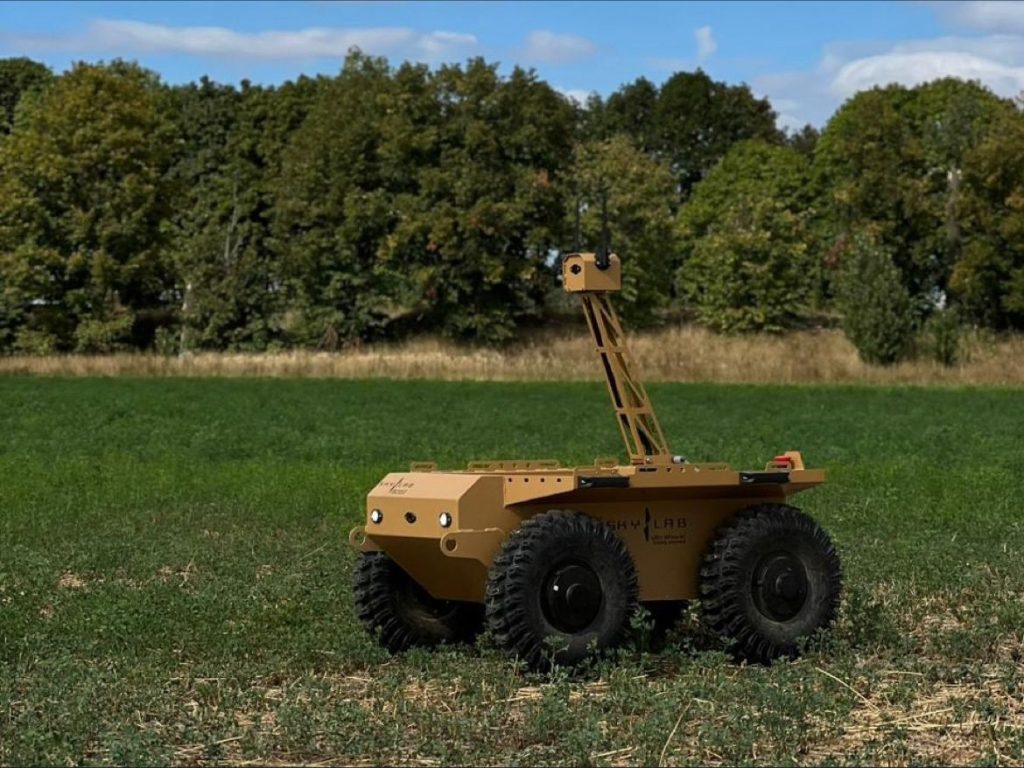
The past year has also seen naval and ground drones becoming increasingly used by the Ukrainian army in the war with Russia. According to the BBC, Ukraine has carried out at least 13 attacks with sea drones and targeted military ships, Russia’s naval base in Sevastopol, and Novorossiysk harbor.
Ground drones, on the other hand, are also being used to explore enemy’s positions, as Ukraine’s minister for digital transformation Mykhailo Fedorov explained. “The developers are planning to equip it with a combat turret and install modules for both demining and mining,” Fedorov said about one particular model called UGV Sirko-S1, whose versatility enables it to perform tasks such as reconnaissance, surveillance, casualty evacuation, cargo transportation, and demolition reconnaissance.
Simulation systems and VR for military training
Tetiana Ostra is the founder of the Boryviter Military School, an educational institution that is actively exploring simulation systems to improve training efficiency and align with global military practices. According to her, focusing on innovations in training means having more resources for the actual battlefield.
“We don’t have to use heavy machinery, weapons and use those shells and then bullets for training. We can involve more and more simulation systems. Ukraine is still at the beginning stage here with a simulation system, so we have to focus on this more because that training can also be much more efficient than going out and shooting – it’s all about strategy, it’s about seeing a bigger picture and more innovations and technologies,” Ostra tells The Recursive.
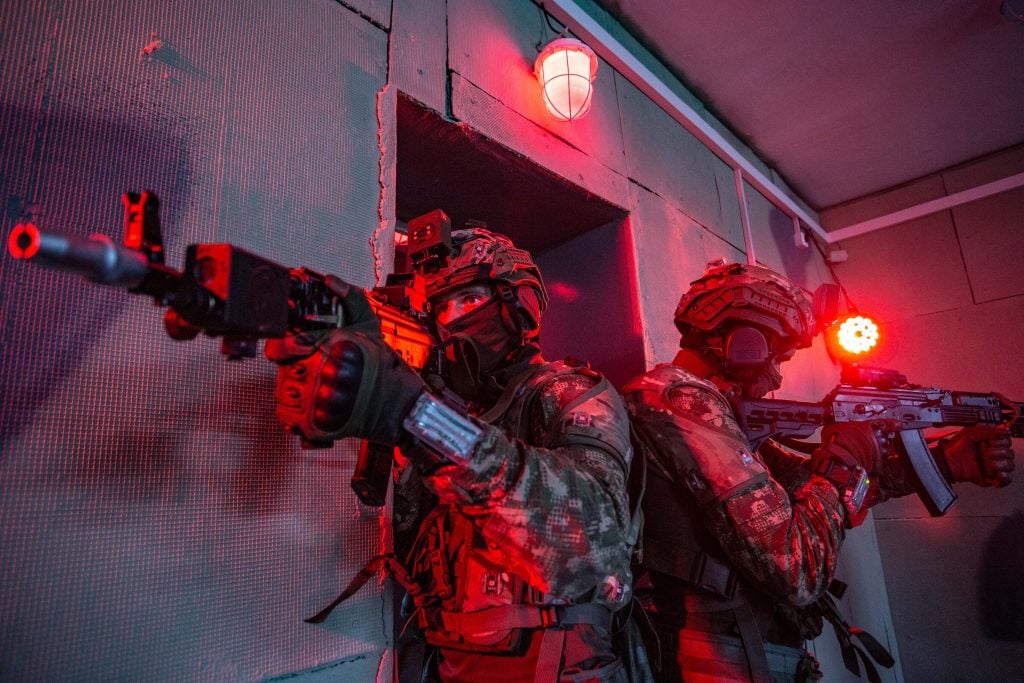
Ukrainian startups such as Skiftech are already providing the Ukrainian army with such simulation systems. The company is also exporting commercial laser tag and VR equipment to more than 70 countries worldwide, and right now is focusing on tactical simulators based on laser technology.
“There was another moment when the military first learned about military laser tag, and their initial reaction was, “It’s some sort of game or entertainment, not serious training.” So we decided to incorporate an additional element into our simulators: a special wristband – a stress belt – that all soldiers wear during training. When an opponent hits the fighter with a laser shot, in addition to the flashing sensors on the vest and helmet, this stress belt administers a brief electrical pulse to the fighter. It is entirely safe, but it rapidly adds realism to the training, and the fighter understands that in a real combat situation, this would mean at least a serious injury,” Skiftech’s co-founder Michael Obod tells The Recursive.
Space-based defense systems
As space becomes more contested, there is an increasing focus on space-based defense systems, including satellite defense, anti-satellite capabilities, and space situational awareness.
Ukraine’s People Satellite, which is an ICEYE satellite purchased by the Serhiy Prytula Foundation is another example how this type of deep tech technology can prove invaluable on the battleground.
“It’s really important that we bought a satellite with ICEYE technology, and not an opticalp satellite. Optic satellites can give you a good quality mobile feature if you have nice weather during daytime, without clouds, rain, or fog. But when it is autumn or winter and there is a lot of snow and rain, then those satellites aren’t particularly useful and this technology can take pictures without any problems. There was a huge help from the People’s Satellite before the attacks on Sevastopol aimed at a submarine and a warship, and the satellite helped destroy both of them,” Prytula, who is a volunteer and a founder of the Foundation, tells The Recursive.
Hypersonic weapons
Hypersonic missiles and aircraft, which travel at speeds exceeding Mach 5, are becoming a focus of military research and development. These high-speed systems offer increased maneuverability and reduced response times.
Furthermore, hypersonic weapons are the new “arms race” – with the US so far lagging behind China and Russia, which have sought to develop hypersonic weapons. However, the Pentagon has made hypersonic weapons a top priority and the following year should see various defense tech companies making strides in this field.
Biotechnology for soldier enhancement and robotics
Advancements in biotechnology, including exoskeletons, wearable health monitoring devices, and bio-enhancements, aim to improve the physical and cognitive capabilities of soldiers on the battlefield. Additionally, there is also the possibility of replacing actual soldiers with robotic counterparts.
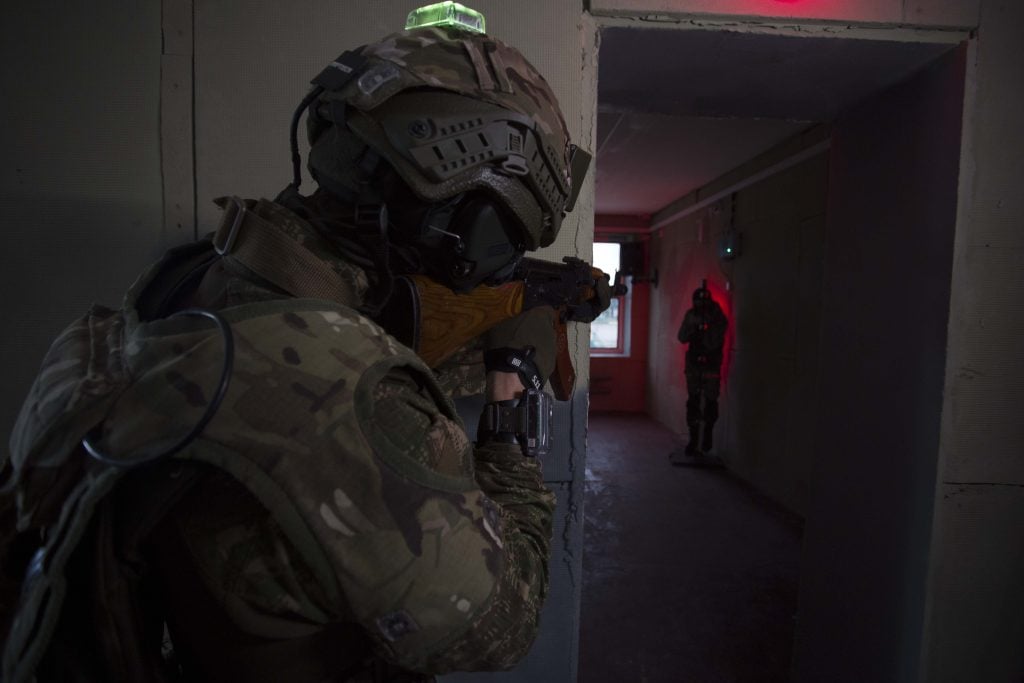
While at the beginning of the 2020s, combat robots were only in an experimental phase and there are no mass-produced robots yet, developments in Ukraine have been pushing robot development and allegedly certain prototypes have already made it to the battlefield.
“Additionally, pioneers within the military industry firmly believe that within the next 10-15 years, approximately one-third of the most advanced units in the world’s armed forces will transition to robotic counterparts, ultimately reshaping the landscape of warfare,” Skiftech’s Obod tells The Recursive.
Collaboration between software developers and weapons manufacturers
As Obod further explains, another trend in the military tech industry is the government’s drive for closer collaboration between software developers and weapons manufacturers. This shift has led not only traditional military equipment manufacturers but also tech giants like Amazon and Microsoft to pursue contracts with the US Department of Defense.
“The Pentagon is now exploring solutions not only from its established contractors but is also open to engaging technology startups and small to medium-sized companies from Silicon Valley. These newcomers’ technologies have posed challenges for the defense industry giants, and this development holds promising prospects and growth potential for companies like ours,” Obod concludes.

